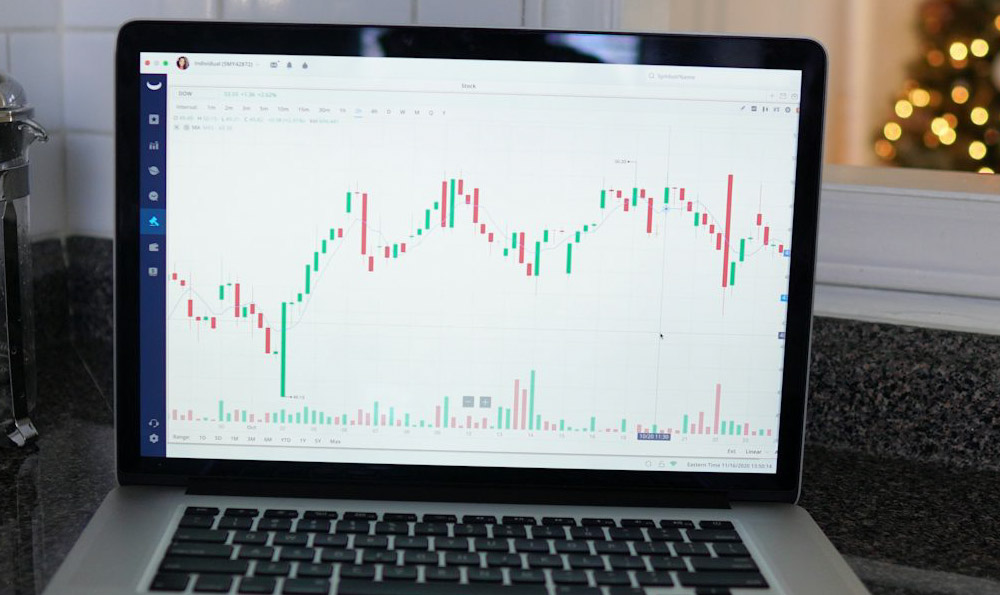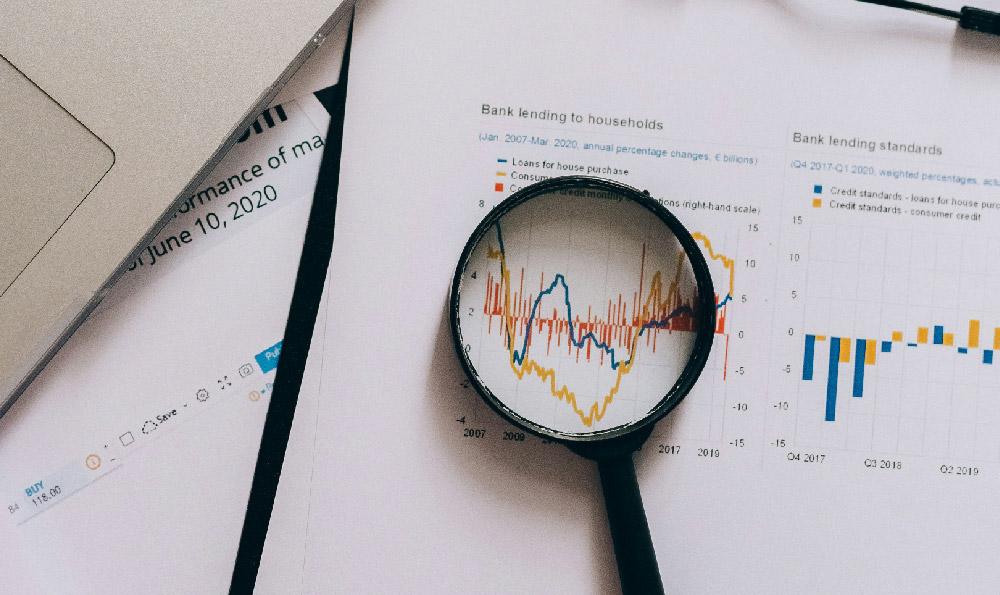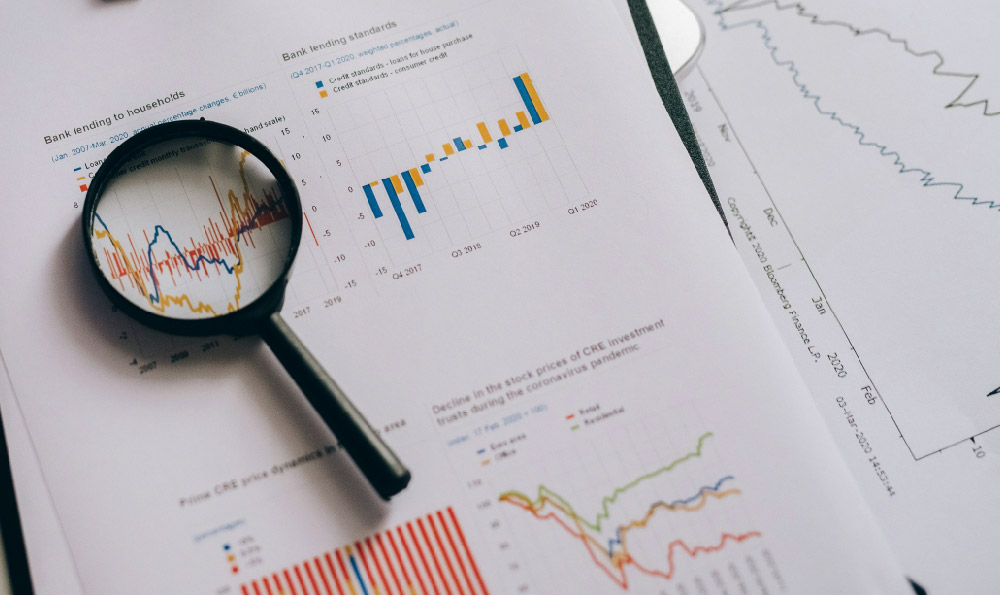Driving for Uber has become a ubiquitous side hustle, a way for many to supplement their income, or for some, a full-time occupation. The allure is understandable: be your own boss, set your own hours, and potentially earn a decent living. However, the question of whether Uber drivers truly "earn well" and whether driving for Uber is genuinely "profitable" is a complex one, riddled with variables and caveats. A simplistic yes or no answer simply won't suffice.
The gross earnings of an Uber driver can initially seem appealing. Uber advertises the potential to earn a certain amount per hour, which can be enticing, especially in urban areas with high demand. However, this figure often fails to account for the significant expenses that drivers incur. Understanding these expenses is crucial to determining the true profitability of driving for Uber.
One of the largest expenses is fuel. The cost of gasoline fluctuates, but it consistently eats into a driver's earnings, especially for those covering long distances or driving during periods of heavy traffic. Maintenance is another significant factor. Constantly putting mileage on a vehicle leads to increased wear and tear, requiring more frequent oil changes, tire replacements, brake repairs, and other maintenance services. These costs can quickly add up, significantly impacting the bottom line.

Depreciation is a hidden cost that many drivers overlook. As a vehicle accumulates mileage, its value decreases. Driving for Uber accelerates this depreciation, reducing the amount a driver can recoup when they eventually sell or trade in their vehicle. Insurance is another crucial expense. While Uber provides some liability coverage while a driver is actively engaged in a ride, drivers typically need to maintain their own personal auto insurance policies, and some may choose to purchase additional rideshare insurance to cover the gaps in Uber's coverage. This can be significantly more expensive than standard personal auto insurance.
Beyond vehicle-related expenses, drivers also face self-employment taxes. Unlike traditional employees who have taxes withheld from their paychecks, Uber drivers are responsible for paying both the employer and employee portions of Social Security and Medicare taxes. This can be a significant burden, particularly for those who are not prepared for it.
The actual earnings of an Uber driver are also influenced by a variety of factors, including location, time of day, and demand. Drivers in densely populated urban areas with high demand tend to earn more than those in rural areas with less demand. Driving during peak hours, such as rush hour or weekend nights, can also lead to higher earnings due to surge pricing. However, these peak hours often coincide with heavier traffic and increased competition among drivers, potentially offsetting some of the benefits.
Furthermore, Uber's commission structure plays a significant role in determining driver earnings. Uber takes a percentage of each fare, which can vary depending on the market and the type of service provided. This commission directly impacts the amount that drivers ultimately take home. In some instances, drivers may also have to bear the cost of tolls or other expenses associated with a particular ride.
Beyond the purely financial aspects, there are also non-monetary factors to consider. Driving for Uber can be demanding and stressful. Drivers often have to deal with difficult passengers, navigate challenging traffic conditions, and work long hours to earn a decent living. The lack of benefits, such as health insurance or paid time off, is another drawback for many drivers. The classification of drivers as independent contractors, rather than employees, means they are not entitled to these benefits.
So, is driving for Uber profitable? The answer depends heavily on the individual driver's circumstances. Those who are strategic about when and where they drive, who meticulously track their expenses, and who manage their vehicles responsibly can potentially earn a decent income. However, those who fail to account for all the costs involved or who drive inconsistently may find that their earnings are significantly less than they anticipated. Careful financial planning, expense tracking, and a realistic understanding of the market are essential for maximizing the profitability of driving for Uber. It is crucial to conduct a thorough cost-benefit analysis before embarking on this venture to determine whether it aligns with one's financial goals and lifestyle. The flexibility is appealing, but the financial realities require careful consideration and proactive management to truly be profitable. Finally, considering the evolving landscape of ride-sharing regulations and the potential for increased competition, drivers must remain adaptable and informed to navigate the challenges and opportunities that lie ahead.












